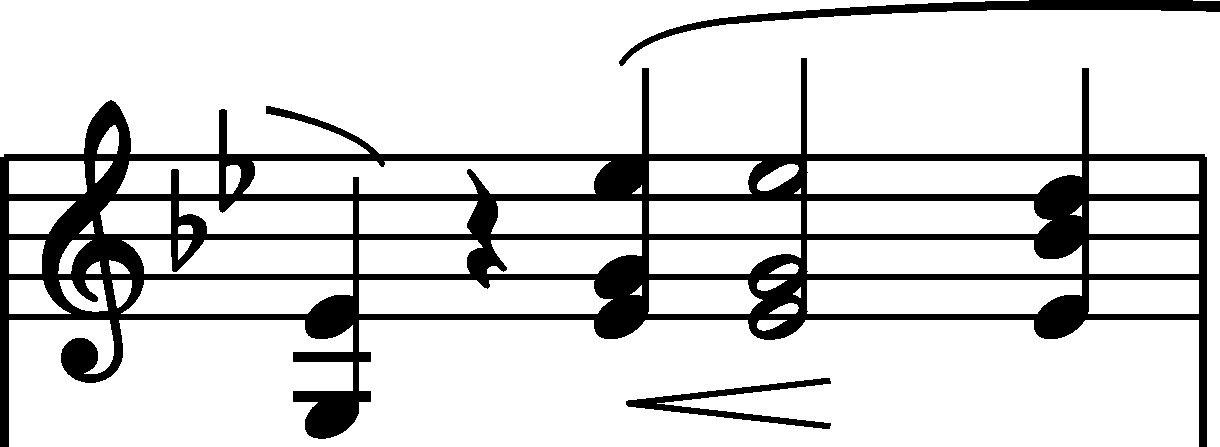



|
b. 167
|
composition: Op. 11, Concerto in E minor, Mvt III
..
In the main text, we suggest the accent added by Chopin in FED as a possible clarification of performance. While writing the Concerto, Chopin could have considered an emphasis on the minor subdominant, breaking the strictly diatonic sequence and preparing the eventual consolidation of a new key, A major, to be obvious; however, the pupil's performance of this place apparently lacked in the relevant importance. category imprint: Differences between sources |
||||||
|
b. 167
|
composition: Op. 50 No. 3, Mazurka in C♯ minor
..
On the 2nd beat of the bar in AI, there are no naturals lowering f category imprint: Interpretations within context; Differences between sources issues: Accidentals in different octaves , Omission of current key accidentals |
||||||
|
b. 167-169
|
composition: Op. 23, Ballade in G minor
..
The deletions visible in A allow us to try to reconstruct the earlier version provided with a different rhythm: category imprint: Corrections & alterations; Source & stylistic information issues: Corrections in A , Deletions in A |
||||||
|
b. 167
|
composition: Op. 2, Variations, complete
..
As in bar 127, in the main text we propose in variant form (in brackets) the ending of the trill that appears in the 1st violin part in GEork (→FEork). category imprint: Editorial revisions |
||||||
|
b. 167-169
|
composition: Op. 49, Fantaisie in F minor
..
In bar 167 and 169, moving the last bottom voice quaver between the 2nd and 3rd notes of the top voice triplet was an arbitrary decision by the engravers of GE and FE. In EE the Chopinesque notation was probably introduced on the basis of the majority of the previous similar situations (bar 78 and 82 and 165). category imprint: Differences between sources issues: EE revisions , GE revisions , FE revisions |




 to f and d
to f and d . In the final version, Chopin used this rhythmic variant in b. 115, where it works well with the change of the register that occurs in the theme's melody.
. In the final version, Chopin used this rhythmic variant in b. 115, where it works well with the change of the register that occurs in the theme's melody. 1 together with c
1 together with c